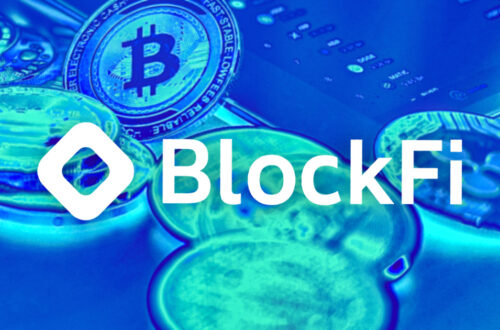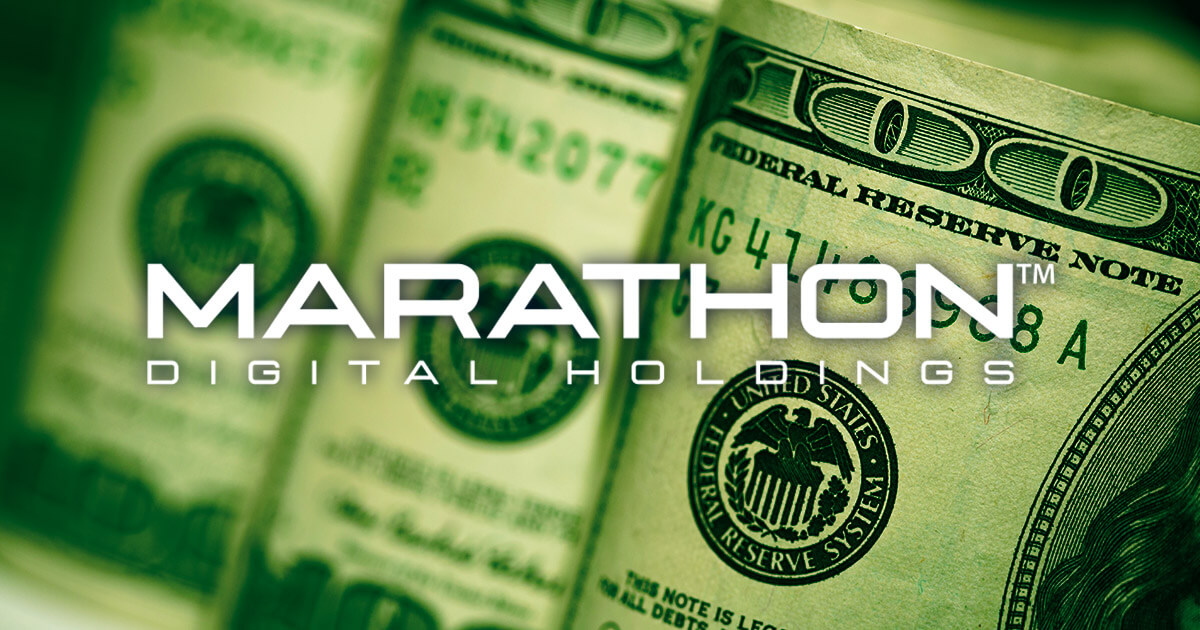The rise of NFTs has had a significant impact on the art market, both in the digital and conventional sectors. NFTs, or Non-Fungible Tokens, are unique digital tokens that represent ownership of a specific piece of content, such as an artwork. They are stored on blockchain technology, which provides a secure, decentralized way of tracking and verifying ownership and provenance.
Let’s take a look back and see how NFTs stirred the conventional art market and gave the most incremental push to digital art and everything that is associated with it.
Impact on Digital Art Market
One of the biggest ways that NFTs have affected the digital art market is by creating a new platform for buying, selling, and trading digital art. Prior to the advent of NFTs, it was difficult for digital artists to sell their work in a way that ensured authenticity and prevented unauthorized copying. With NFTs, digital artists can now sell their work as one-of-a-kind, collectible items that are verified on the blockchain.
Another important aspect of NFTs is their ability to increase the value of digital art. By providing a secure and transparent way of tracking ownership and provenance, NFTs have given digital art a level of scarcity and value that was previously not possible. This has led to record-breaking sales of digital art, with some pieces fetching millions of dollars at auction.
NFTs have also created new opportunities for established artists to reach new audiences and sell their work in new ways. For example, musicians and other artists can now sell unique digital experiences, such as virtual concerts and online events, as NFTs. This has given artists a new way to monetize their work and connect with fans in a more meaningful way.
Impact on Conventional Art Market
The impact of NFTs on the conventional art market has been somewhat more muted, but it is still significant. For starters, NFTs have opened up new avenues for collectors to invest in art. By providing a secure and transparent platform for buying, selling, and trading digital assets, NFTs have given collectors a new way to diversify their portfolios and invest in art.
Another important way that NFTs have affected the conventional art market is by changing the way that artists and collectors think about ownership and provenance. NFTs have shown that ownership and provenance can be tracked and verified in a secure, decentralized way, which has led to increased interest in the use of blockchain technology in the conventional art market.
Finally, NFTs have also led to increased collaboration between the digital and conventional art markets. As more artists embrace NFTs, they are also incorporating traditional art materials and techniques into their digital works, creating hybrid forms that blur the lines between the two markets.
The past the and future
In conclusion, NFTs have had a major impact on the art market by creating new opportunities for digital artists, increasing the value of digital art, and providing a secure and transparent platform for buying, selling, and trading digital assets. At the same time, NFTs have also impacted the conventional art market by creating new avenues for investment, changing the way that ownership and provenance are thought about, and fostering collaboration between the digital and conventional art markets. As the technology continues to evolve and more artists and collectors embrace NFTs, it’s likely that we will see even more exciting developments in this area in the coming years.




best antihistamine decongestant combo allergy pills without antihistamine most recommended allergy medication